Description
Guar Gum: The Kitchen Chameleon with Surprising Applications
Guar gum. It’s a name you might vaguely recognize from the ingredients list of your favorite gluten-free bread or perhaps a niche corner of the health food store. But what exactly is guar gum, and why is it so widely used in a surprisingly diverse range of industries? Let’s dive into the fascinating world of this versatile polysaccharide.
From Bean to Binder: The Origins and Production of Guar Gum
Guar gum is derived from the seed of the guar plant (Cyamopsis tetragonoloba), a legume native to India and Pakistan. These regions remain the primary producers of this valuable commodity. The production process involves shelling, milling, and screening the guar seeds to obtain a fine, off-white powder – guar gum.
The magic behind guar gum lies in its unique chemical composition. It’s primarily composed of galactomannan, a polysaccharide consisting of a mannose backbone with galactose side chains. This structure is key to its remarkable thickening and stabilizing properties.
The Culinary King: Guar Gum in the Kitchen
Guar gum is a popular ingredient in the food industry, prized for its ability to:
- Thicken liquids: Even in small concentrations, guar gum dramatically increases the viscosity of liquids, making it ideal for sauces, gravies, and dressings.
- Stabilize emulsions: It prevents oil and water from separating in products like salad dressings and ice cream, ensuring a consistent texture and appearance.
- Bind ingredients: In gluten-free baking, guar gum acts as a binding agent, mimicking the role of gluten in providing structure and elasticity to dough.
- Control ice crystal formation: In frozen desserts, it helps prevent the formation of large, undesirable ice crystals, resulting in a smoother, creamier texture.
Beyond these core functions, guar gum can also improve shelf life, maintain moisture, and enhance the overall texture and mouthfeel of various food products. You’ll often find it in everything from ice cream and yogurt to processed meats and beverages.
Beyond Food: Guar Gum’s Industrial Applications
The unique properties of guar gum extend far beyond the culinary world. Its thickening, stabilizing, and binding capabilities make it a valuable asset in a wide array of industrial applications, including:
- Oil and Gas Industry: Guar gum is a key component of fracking fluids, used to increase the permeability of shale gas formations, enabling the extraction of natural gas.
- Textile Industry: It acts as a sizing agent for yarns and fabrics, improving their strength and preventing breakage during weaving.
- Paper Industry: Guar gum enhances the bonding of fibers, improving the strength and smoothness of paper products.
- Pharmaceutical Industry: It is used as a binding agent in tablets, a suspending agent in liquid medications, and a stabilizer in creams and lotions.
- Cosmetics Industry: Guar gum acts as a thickener, stabilizer, and emulsifier in a variety of cosmetic products, including shampoos, conditioners, and lotions.
Potential Benefits and Considerations
While generally considered safe for consumption, some individuals may experience digestive issues such as bloating or gas from consuming large amounts of guar gum. Additionally, due to its high fiber content, it’s essential to drink plenty of water when consuming products containing guar gum.
Some research suggests that guar gum may have potential health benefits, including lowering cholesterol levels and regulating blood sugar. However, more research is needed to confirm these findings.
The Future of Guar Gum
Guar gum’s versatility and wide range of applications make it a valuable commodity in various industries. As demand for gluten-free products and sustainable solutions continues to grow, guar gum is likely to remain a crucial ingredient for years to come. Its ability to enhance texture, stabilize emulsions, and provide binding properties makes it a true kitchen chameleon and a vital component in countless products we use every day.

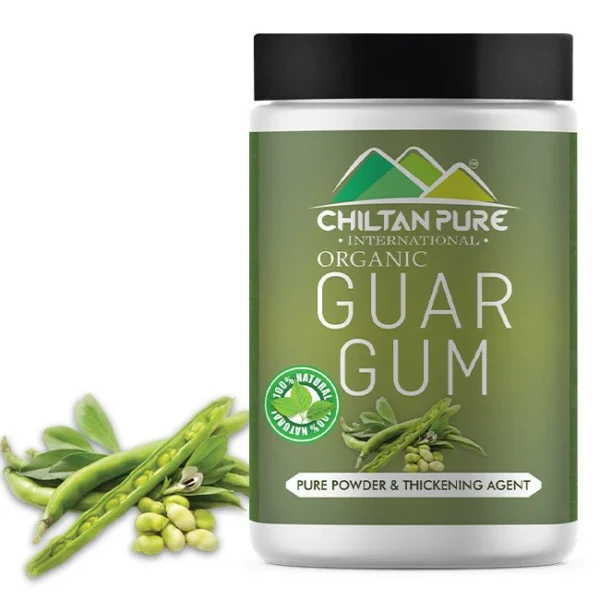
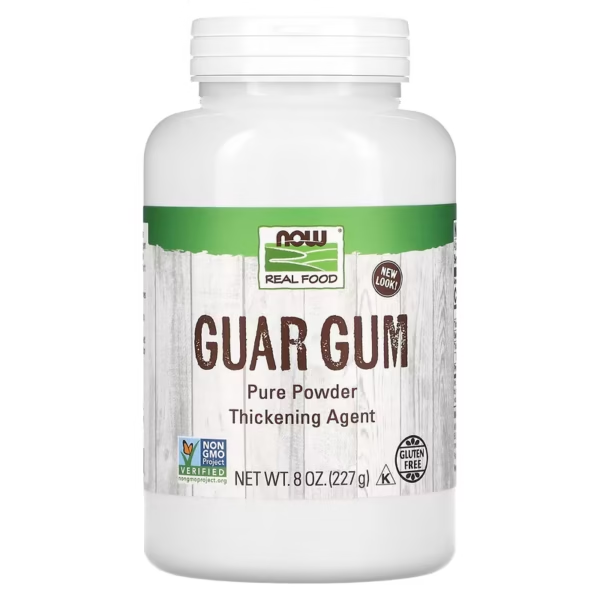
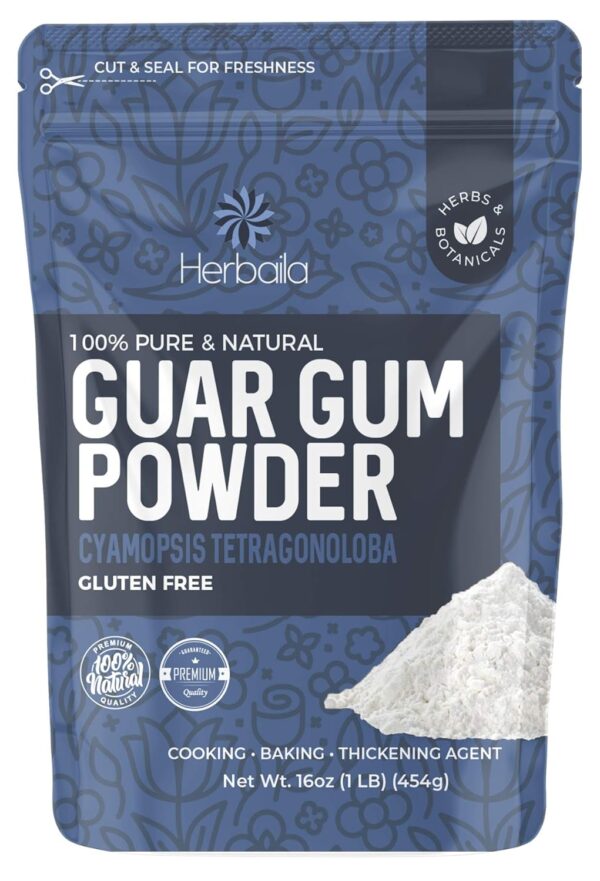

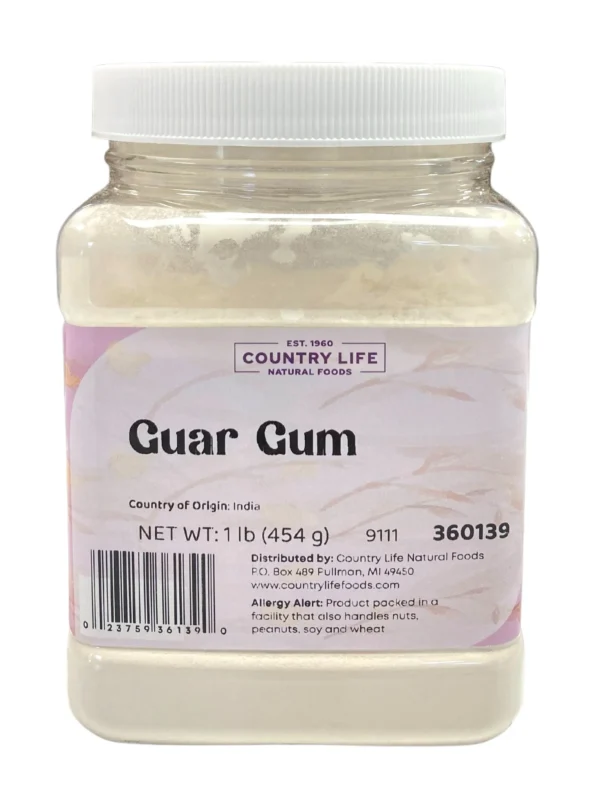

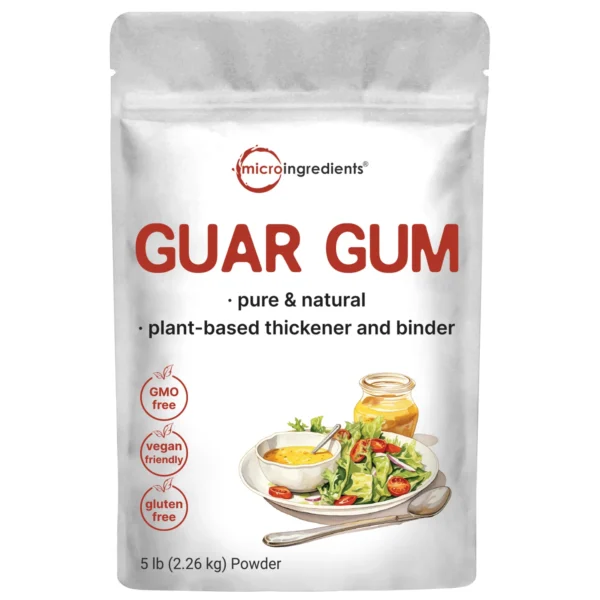

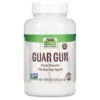


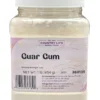
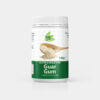
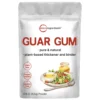
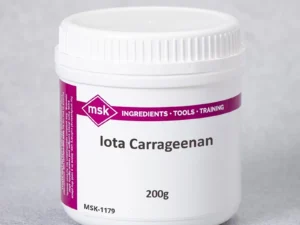



Reviews
There are no reviews yet.